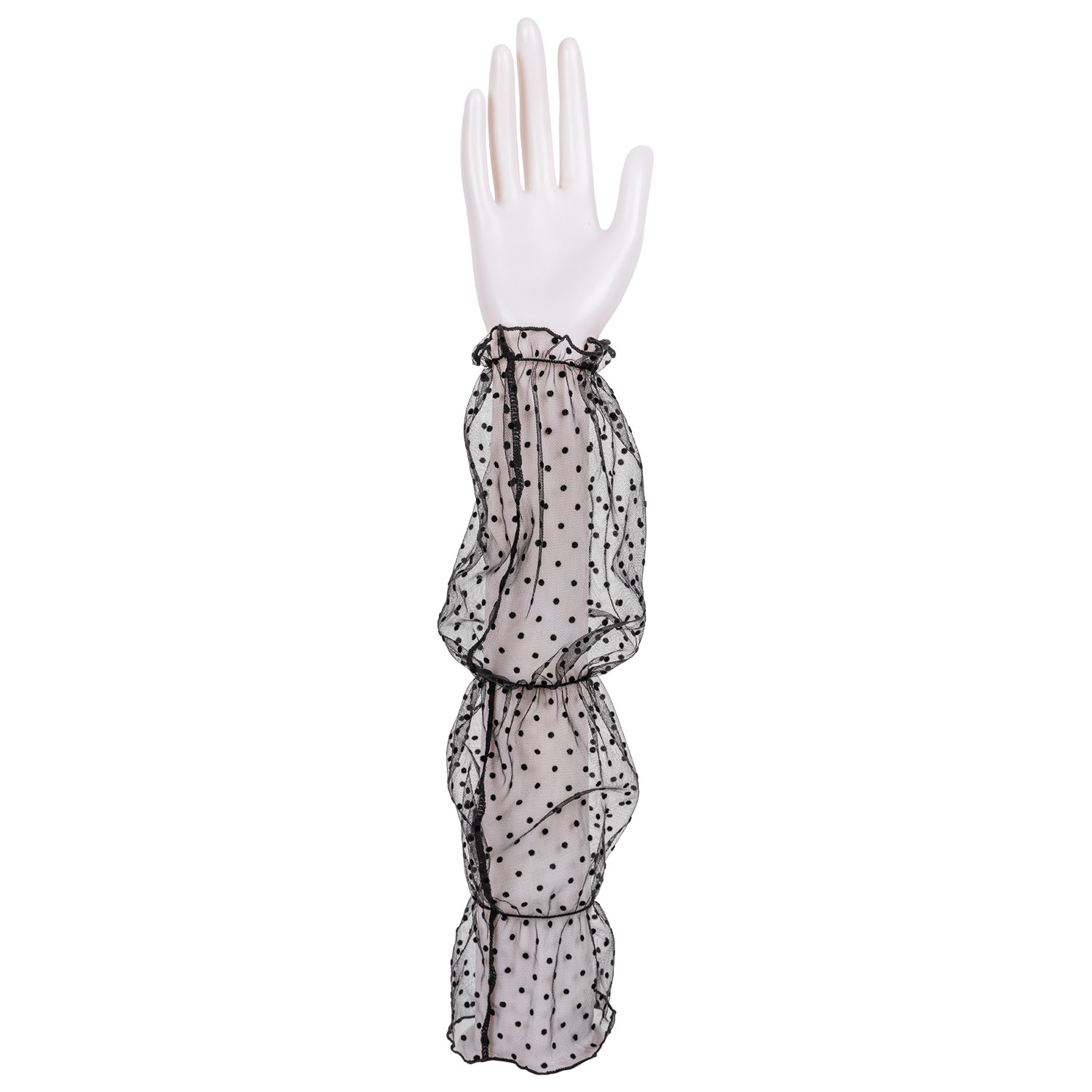How do lace arm sleeves perform in terms of moisture absorption and sweat management?
Lace arm sleeves typically vary in their moisture absorption and sweat management capabilities based on the specific type of lace and any additional lining or material used. Here's a breakdown of their performance in these aspects:
Moisture Absorption: Lace arm sleeves, primarily composed of lace fabric, typically exhibit minimal moisture absorption capabilities compared to other materials such as cotton or specialized moisture-wicking synthetics. Lace's inherent structure consists of intricate patterns with open weaves, allowing for excellent airflow but limited ability to absorb moisture. This means that when exposed to sweat or moisture, lace arm sleeves may not actively draw it away from the skin, potentially leaving a sensation of dampness or stickiness.
Sweat Management: The effectiveness of sweat management in lace arm sleeves hinges largely on their construction and any additional materials used in their design. Many lace arm sleeves feature inner linings made from moisture-wicking fabrics like polyester blends or performance-oriented synthetics. These linings are engineered to pull moisture away from the skin, facilitating rapid evaporation and thereby enhancing comfort during physical activities or warm conditions. Without such linings, lace arm sleeves may retain moisture, compromising their ability to keep the skin dry and comfortable.
Breathability: Lace arm sleeves are celebrated for their exceptional breathability owing to the inherent properties of lace fabric. The open weave structure allows for ample air circulation, which helps regulate body temperature and prevents overheating. This breathability makes lace arm sleeves well-suited for wear in warmer climates or during activities where ventilation is crucial. By promoting airflow, lace arm sleeves contribute to a cool and comfortable wearing experience, minimizing the accumulation of sweat and reducing the likelihood of skin irritation.
Comfort in Moisture: When exposed to moisture, such as sweat from physical exertion or humid environments, lace arm sleeves initially provide a cooling sensation due to their breathable nature. However, the degree of comfort can vary depending on whether the sleeves are lined or unlined. Lined lace arm sleeves with moisture-wicking properties effectively manage sweat by transporting it away from the skin and promoting evaporation, thus maintaining a dry feel and reducing potential discomfort associated with prolonged moisture exposure.
Performance Considerations: Optimal performance of lace arm sleeves in moisture management can be achieved by selecting designs that incorporate moisture-wicking linings or blend lace with technical fabrics. These combinations not only enhance the sleeves' ability to manage sweat effectively but also ensure prolonged comfort and performance across diverse activities and environmental conditions. By choosing lace arm sleeves with enhanced moisture management features, individuals can enjoy both the aesthetic appeal of lace and the functional benefits of advanced fabric technologies.


 English
English 日本語
日本語












